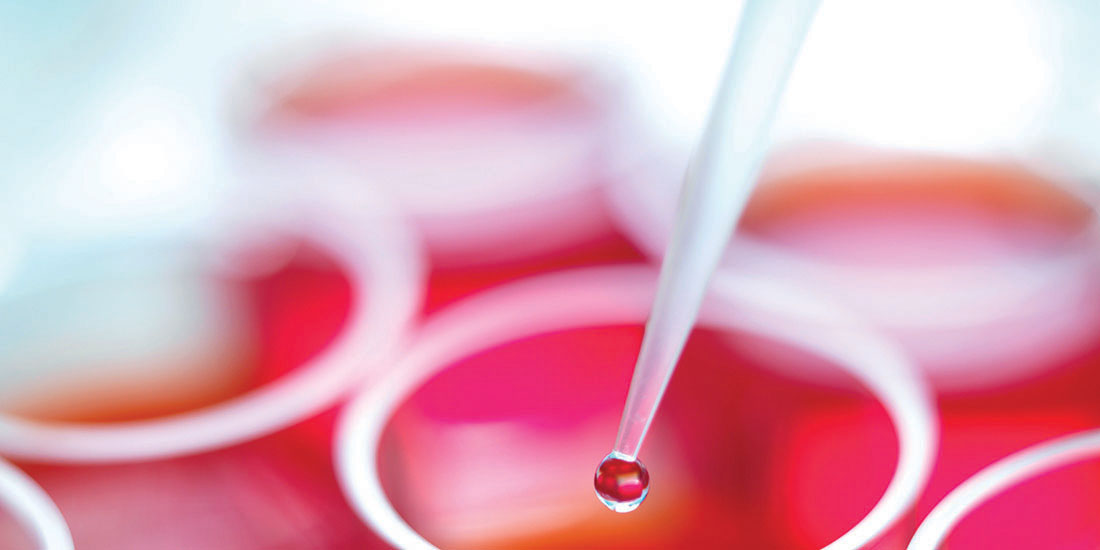Autologous (“Auto”) Stem Cell Transplant
This type of transplant uses your own stem cells. Most transplants for multiple myeloma and relapsed non-Hodgkin’s or Hodgkin lymphoma are autologous.
Advantages: Less risk of rejection or graft-versus-host disease, in which the new donor cells think your cells are foreign and attack them. Quicker engraftment. Fewer side effects.
How It Works:
- Your own stem cells are collected, frozen, and stored.
- You have “conditioning treatment” with chemotherapy and possibly radioimmunotherapy to kill the cancer cells and the immature stem cells left in your bone marrow.
- Your previously collected stem cells are thawed and transplanted back into you.
Allogeneic (“Allo”) Stem Cell Transplant
This type of transplant uses a donor’s stem cells, either from a relative or a volunteer registered with the National Marrow Donor Program or other registry. It is less common than autologous transplants. It’s used for many leukemias, aggressive lymphomas, and failed autologous transplants.
Advantages: The transplanted stem cells are cancer-free. Because the transplant creates a new immune system, the cancer-killing effect continues after the transplant.
How It Works:
- The stem cells come from the bone marrow or peripheral stem cells of a matched donor or from umbilical cord blood.
- You receive conditioning treatment with chemotherapy and radiation. This kills the cancer cells and destroys or weakens your own immune system so the donor’s immune system can take over.
- You receive the transplant of the donor stem cells.
Sources of Stem Cells for Transplants
Here’s a summary of how stem cells from different sources are harvested.
- Your own peripheral cells (stem cells in your bloodstream)
-
- The blood is collected in three to five appointments when your cancer is not active.
- The blood is spun in a machine like a centrifuge to separate the stem cells.
- The stem cells are purged or cleaned to remove any remaining cancer cells.
- You receive back the other portions of your blood.
- The stem cells are frozen to be placed back into your body after you have had chemotherapy and/or radiation.
- Enough cells are usually collected for two transplantation procedures, especially for multiple myeloma.
- Your own bone marrow
- Stem cells are taken from a site near your hip, under general anesthesia. (This is rarely done in autologous donation.) This is not commonly performed anymore.
- Donor peripheral cells
- Peripheral stem cells from another person are collected from blood drawn over two to three days.
- The blood is spun in a machine like a centrifuge to separate the stem cells, and then the donor receives back the other portions of blood.Donor bone marrow
- Stem cells are taken from the donor’s hip under general anesthesia. This is not commonly performed anymore.
SOURCES:
American Cancer Society: “Stem Cell Transplant.”
Bone Marrow Clinical Trials Network: “BMT CTN 0102 protocol.”
Medscape: “Hematopoietic Stem Cell Transplantation.”
American Society of Clinical Oncology: “Understanding Bone Marrow and Stem Cell Transplantation.”
Johns Hopkins Medicine: “Types of Bone Marrow Transplants.”
National Cancer Institute: “Understanding Cancer Series/Stem Cells.”
